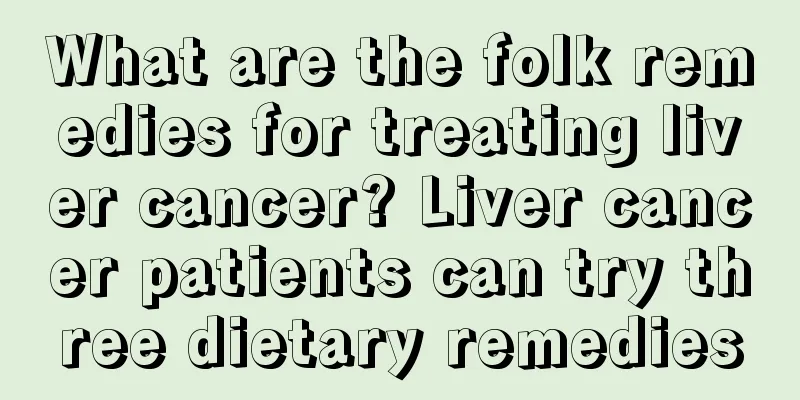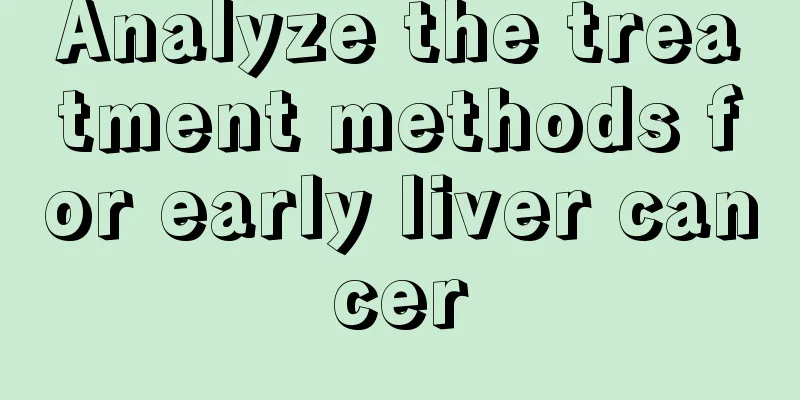What is glycosylated hemoglobin?

|
Everyone knows hemoglobin. When you go to the hospital for a physical examination, you usually have to do a routine blood test. The routine blood test includes many test indicators, including the level of hemoglobin. There is a kind of hemoglobin called glycosylated hemoglobin, which is actually a type of hemoglobin. It mainly reflects the average blood sugar glucose concentration. Many people don’t know what glycosylated hemoglobin is. Let’s learn about this knowledge below. What is glycosylated hemoglobin? Glycosylated hemoglobin is a form of hemoglobin that is used to react over a period of time. The average plasma glucose concentration four to eight weeks ago. Because HAEC is the largest concentration, it is sometimes abbreviated as A1C as a substitute noun. , glycosylated hemoglobin - formed by non-enzymatic glycation, glycosylation and accumulation of hemoglobin lead to nephropathy and retinopathy in diabetic patients. Detection of hemoglobin is beneficial to the improvement of treatment for patients with type 1 diabetes. The method for determining glycosylated hemoglobin is simple column chromatography using cation exchange resin, which is widely used. Others include high pressure liquid chromatography, colorimetry, isoelectric focusing electrophoresis and radioimmunoassay. The normal reference range is 4% to 5.9%. Glycated hemoglobin can accurately reflect the patient's blood sugar control level and is also an indicator for monitoring the development of diabetes. Glycated hemoglobin is the product of the combination of hemoglobin in red blood cells in human blood and blood sugar. The combination of blood sugar and hemoglobin to form glycated hemoglobin is an irreversible reaction, which is proportional to the blood sugar concentration and lasts for about 120 days, so the blood sugar concentration 120 days ago can be observed. Glycated hemoglobin reflects the control of blood sugar: the details are as follows; 4%~6%: Blood sugar is under normal control. 6%~7%: Blood sugar control is relatively ideal. 7%~8%: Blood sugar control is general. 8%-9%: Control is not ideal, and blood sugar control needs to be strengthened, more attention needs to be paid to diet structure and exercise, and the treatment plan needs to be adjusted under the guidance of a doctor. >9%: Poor blood sugar control is a risk factor for the development of chronic complications. It may cause complications such as diabetic nephropathy, arteriosclerosis, cataracts, and may also lead to acute complications such as ketoacidosis. Glycosylated hemoglobin is a form of hemoglobin that reflects the average plasma glucose concentration over a period of time (4 to 8 weeks). Because HA1c is the most abundant among them, it is sometimes abbreviated as A1C as its synonym. Glycosylated hemoglobin is formed by non-enzymatic glycation. Glycation of hemoglobin can accumulate and lead to nephropathy and retinopathy in diabetic patients. Monitoring of glycosylated hemoglobin is beneficial to the improvement of treatment of patients with type 1 diabetes. Among the methods for determining glycosylated hemoglobin, simple column chromatography using cation exchange resin is the most widely used. Other methods include high pressure liquid chromatography, colorimetry, isoelectric focusing electrophoresis, and radioimmunoassay. The reference range of normal values is 4%~5.9%. It's normal. |
<<: Grapes soaked in salt water
>>: Soak crayfish in salt water
Recommend
Is it good to eat fish when you have a wind-heat cold
Fish is not only delicious, but also has high nut...
Is white sugar an antidote?
When a disease occurs in the human body, in order...
What are the benefits of drinking milk after taking a bath
Everyone knows that after taking a shower, a lot ...
Which foods remove body odor
In the hot summer, clothes become thinner. People...
Can fatty liver be treated? Diet therapy can help you
The current incidence of fatty liver is increasin...
Common causes of cough after laryngeal cancer surgery
Patients with laryngeal cancer may also experienc...
What foods are good for chronic eczema
When chronic eczema occurs, patients are advised ...
A brief discussion on the symptoms of advanced rectal cancer
In recent years, colorectal cancer has become one...
What to do if your stomach feels uncomfortable after eating seafood
Seafood is a very popular food that can also supp...
How to remove thick calluses on the soles of feet?
The health of the soles of the feet is a very imp...
How to prevent pregnancy without a condom?
When a couple or a lover has sex, if they are not...
How to prevent renal hamartoma
To prevent renal hamartoma, you need to develop g...
Staging standards for colon cancer
Colon cancer is a common digestive tract tumor. I...
What are the uses of calcium sulfate
There are many chemicals in modern life that are ...
What to wear when the temperature is between 11 and 21 degrees
In autumn and spring, although the weather and te...









